Art Techniques: Simple Tips You Can Use Right Now
Ever stare at a blank canvas and wonder how to start? Or have a sculpture that looks more like a mess than a masterpiece? You’re not alone. The good news is that solid, easy‑to‑follow techniques are the backbone of every great artwork. Below you’ll find straight‑forward advice for painting, drawing, and sculpting that works for beginners and seasoned creators alike.
Painting Techniques You Can Master Today
Let’s talk oil paint first. If you’ve ever smudged a face or chosen the wrong hue, don’t panic. You can fix a wet layer by gently wiping with a clean rag and re‑applying the correct color. For a tacky surface, a light glaze of transparent paint helps smooth things out without ruining the underpainting. When the paint is completely dry, a thin scraper or a fine sandpaper can remove the mistake, then you can repaint the spot and blend it with a scumble technique.
Watercolor lovers, here’s a quick win: always start with light washes. Paint the lightest colors first and let them dry before adding darker layers. This prevents muddy results and keeps the paper from becoming overly saturated. If you’re unsure whether to sketch before you paint, try a light pencil outline – it guides you without leaving harsh marks once the paint dries.
Abstract painting can feel intimidating, but it’s really about feeling, not rules. Grab a big brush, a palette knife, or even a piece of cardboard. Lay down a base color, then let your intuition guide you to add texture, drips, or bold strokes. No need to plan every step; let the canvas evolve and you’ll create something uniquely yours.
Simple Sculpture and Mixed Media Ideas
Thinking about sculpture? Start with the cheapest materials you have at hand – old newspaper, cardboard, or even scrap wood. Build a rough armature with wire or sturdy sticks, then wrap your chosen material around it. Clay is great for beginners because it’s forgiving; you can always add or remove pieces until the form feels right.
If you’re on a tight budget, try DIY sculpture projects using everyday objects. A bottle cap can become a head, PVC pipes a torso, and a few pebbles can serve as accents. The key is to keep the design simple and focus on the overall silhouette rather than intricate details.
Mixing media is another fun way to stretch your technique toolbox. Combine charcoal sketches with acrylic washes, or overlay a thin layer of oil paint on top of a watercolor background once it’s completely dry. This creates depth and surprise, and it’s an excellent way to practice layering without committing to a single medium.
Finally, remember that practice beats perfection every time. Pick one technique from this list, spend 20 minutes a day on it, and watch your confidence grow. The more you experiment, the more natural these methods become, and the more you’ll enjoy the creative process.
Ready to try something new? Grab your supplies, follow one of these tips, and get back to making art you love.
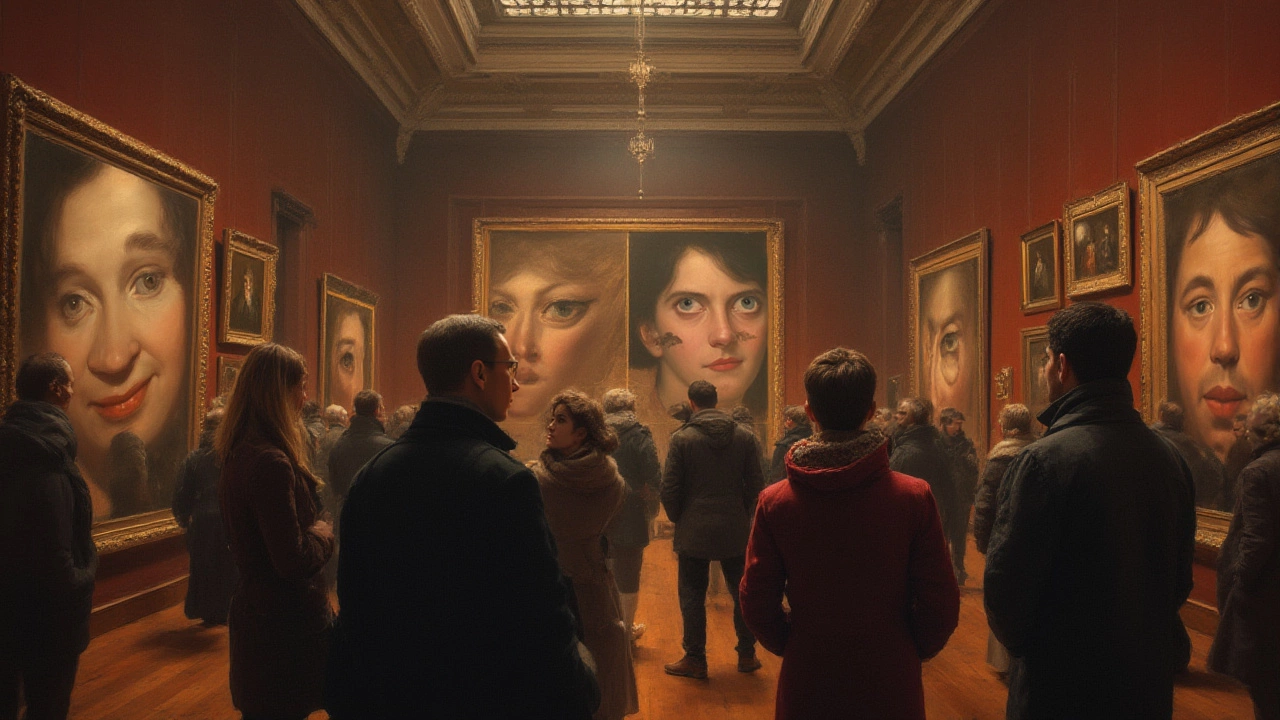
23 Jul 2025
Have you ever noticed how the eyes in portraits follow you around? Dive into why artists obsess over eyes, and how they shape the emotional punch of a painting.
Continue reading...
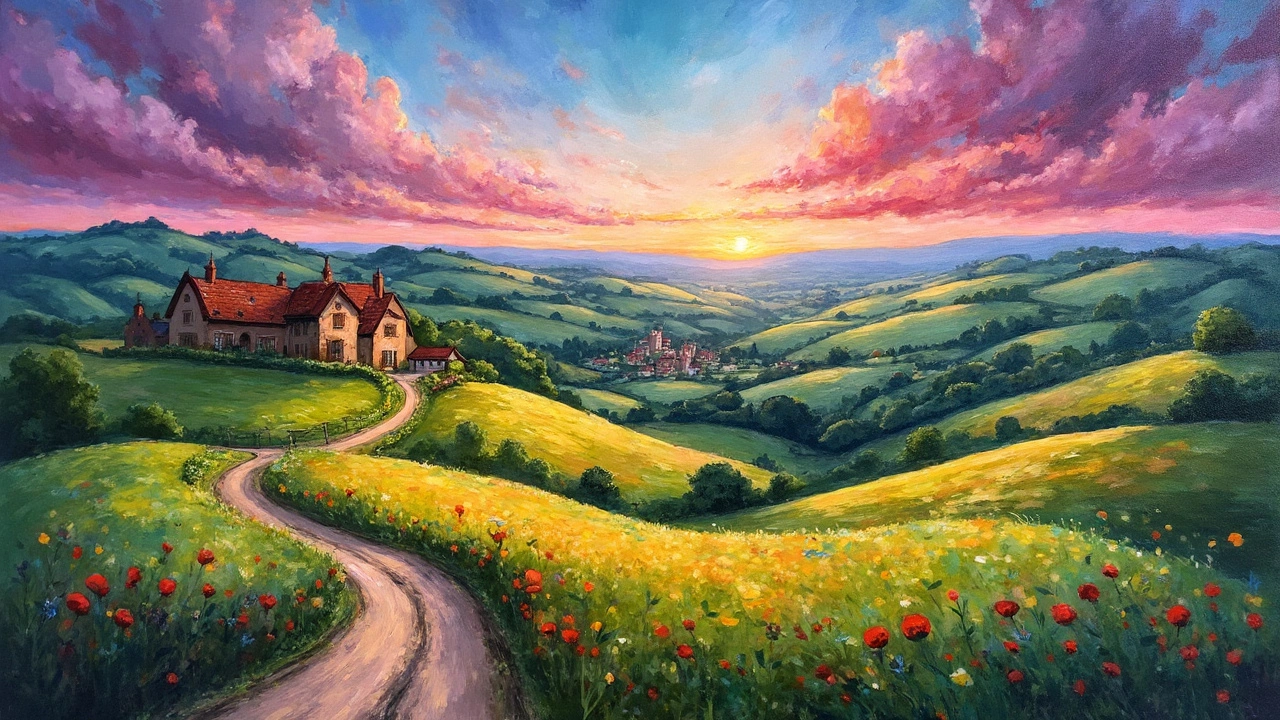
7 Apr 2025
Landscape paintings can sometimes look flat or uninspired, but a few tweaks and techniques can make them pop. From playing with perspective to using unexpected colors, there are plenty of ways to breathe life into your artwork. Dive into practical tips and creative ideas that promise to give your landscape paintings that extra spark. Perfect for artists looking to refresh their style or inject interest into their creations.
Continue reading...
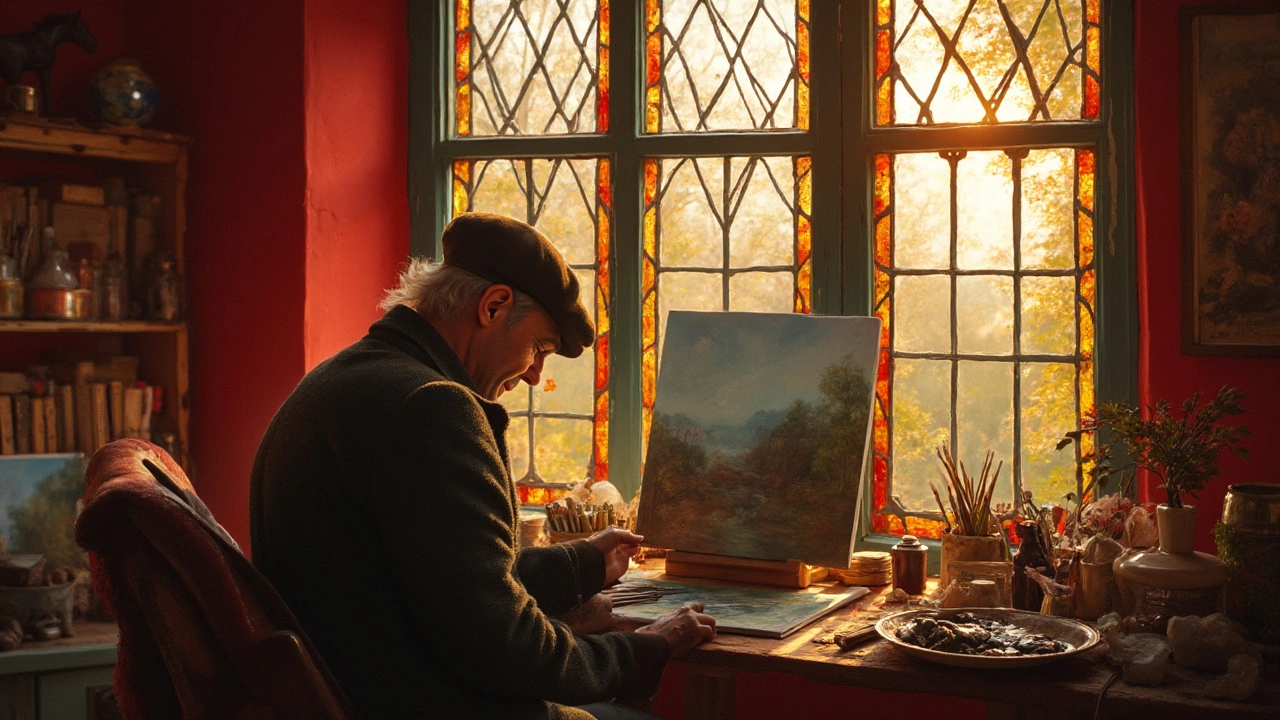
13 Mar 2025
Artists often start by painting their canvases red to create a vibrant base that enhances color dynamics. This technique offers depth and warmth, allowing painters to achieve more realistic and lively compositions. It also helps in defining contours and shadows effortlessly. Understanding this approach can transform your paintings significantly. Dive into this article to uncover how you can apply it to your own work.
Continue reading...
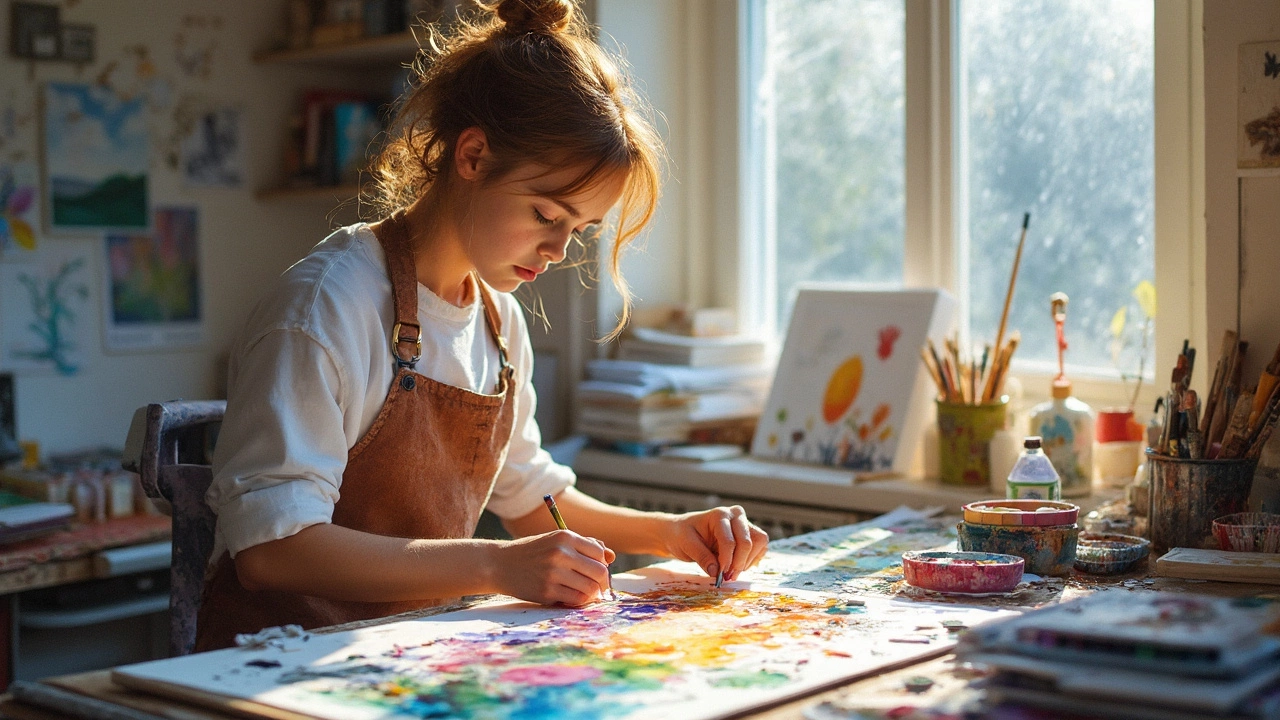
13 Feb 2025
Watercolor painting, while a popular medium for its subtlety and flexibility, comes with its own set of challenges. Artists often find watercolor tricky due to its unpredictability and the lack of control compared to other mediums. Traditional techniques might lead to unexpected mishaps, adding a layer of complexity to the creative process. Exploring these weaknesses can help artists better anticipate and manage the medium's quirks. With practical tips, artists can enhance their watercolor skills and tackle its unique challenges head-on.
Continue reading...
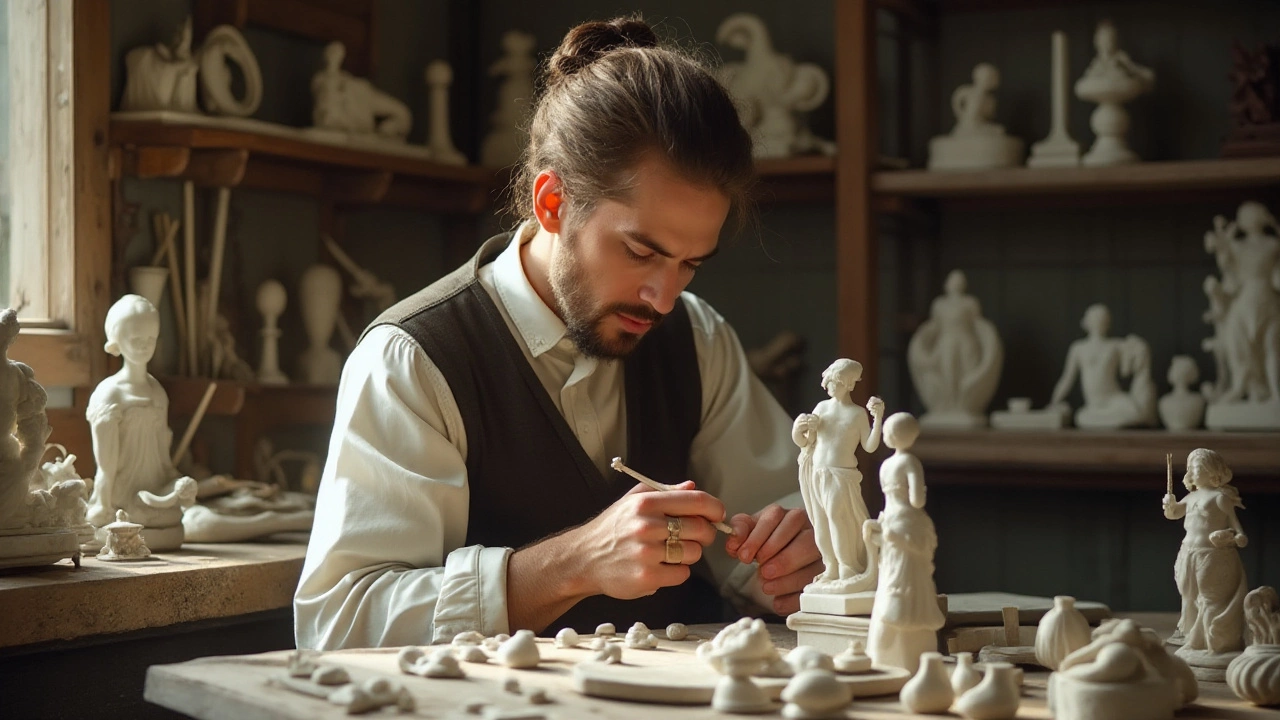
28 Jan 2025
Small sculptures, often referred to as miniature sculptures, are art pieces that captivate collectors and artists alike through their intricate detail and charm. Subtle yet splendid, these sculptures cover a range of materials and techniques, offering a peek into the history and utility of this art form. From ancient artifacts to contemporary masterpieces, miniature sculptures continue to inspire creativity and innovation in the realm of art. Discover the secrets and stories behind these pocket-sized wonders.
Continue reading...
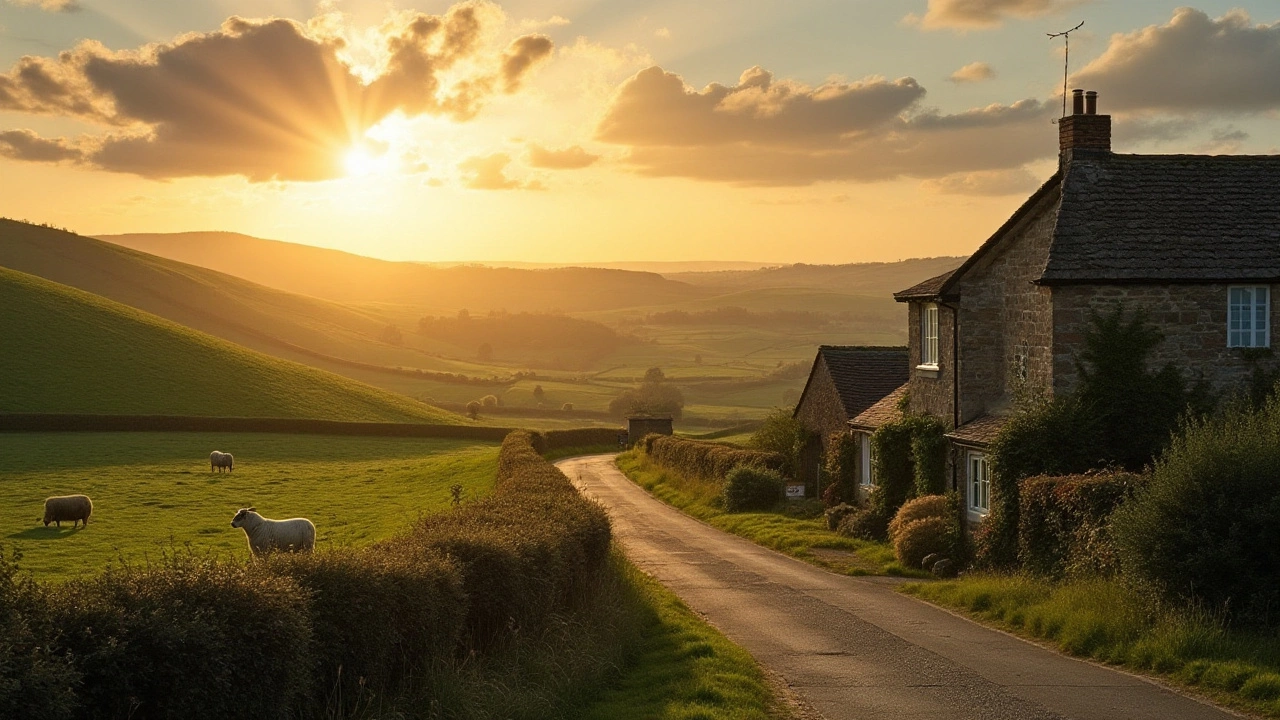
15 Jan 2025
Realistic landscape painting captures the world with precision and artistry, blending faithful representation with emotional depth. This art form emphasizes meticulous attention to detail, seeking to portray scenes as lifelike as possible while also invoking the sensation of being present within the landscape. Exploring the history of realism, its techniques, and evolution provides valuable insights into what distinguishes a realistic landscape from abstract interpretations. Delve into the methods used by great artists, the motivation behind their depictions, and tips on mastering this intricate form of art. Whether one is an aspiring artist or an art enthusiast, this exploration will deepen appreciation for the beauty of reality captured on canvas.
Continue reading...
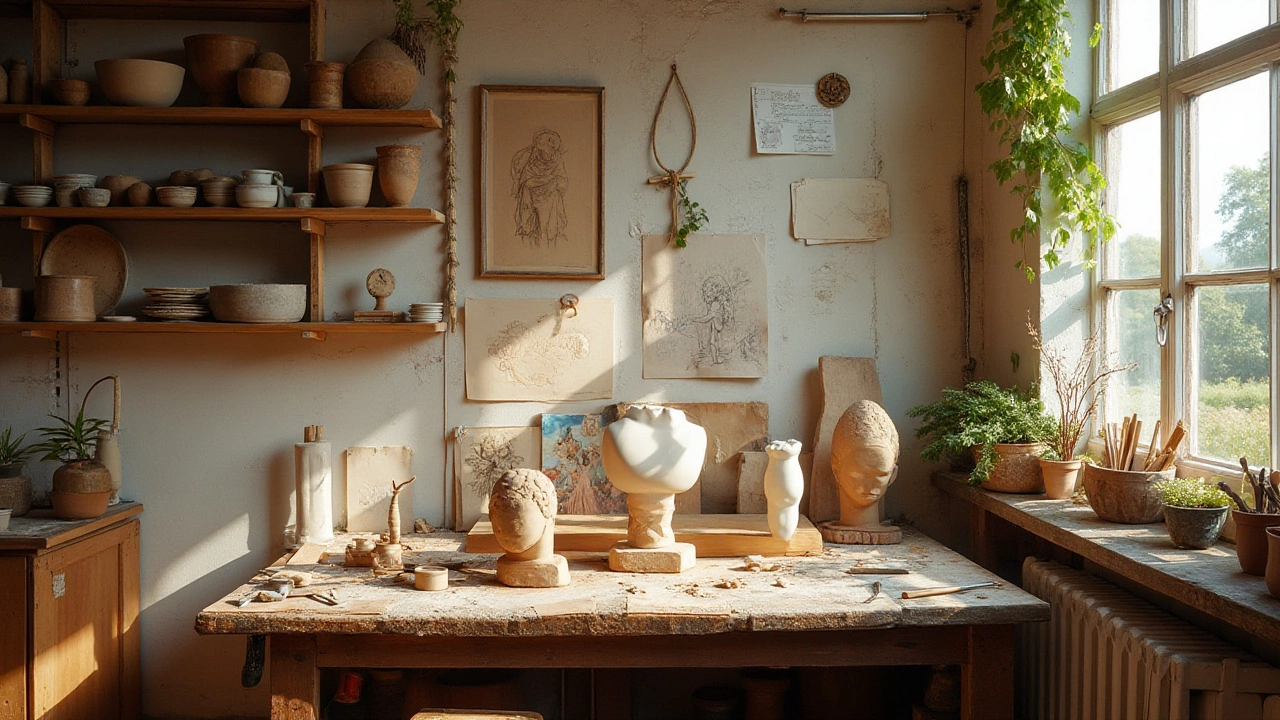
3 Dec 2024
Embarking on the journey of sculpture art can be both exciting and rewarding. This guide offers essential tips and insights for beginners, covering the basics from understanding materials to exploring different techniques. Discover how to set up your workspace and find inspiration for your creations. Learn about fascinating facts and the significance of patience, creativity, and practice in mastering the sculpting craft.
Continue reading...

21 Nov 2024
Landscape painting is an art form that captivates by capturing the essence of the natural world. Understanding the three fundamental parts of landscape painting, which include the background, middle ground, and foreground, helps artists create depth and visual interest. These components work together to guide the viewer's eye and convey a sense of space. By learning different techniques to depict each part, artists can enhance their compositions and engage their audience more effectively.
Continue reading...







